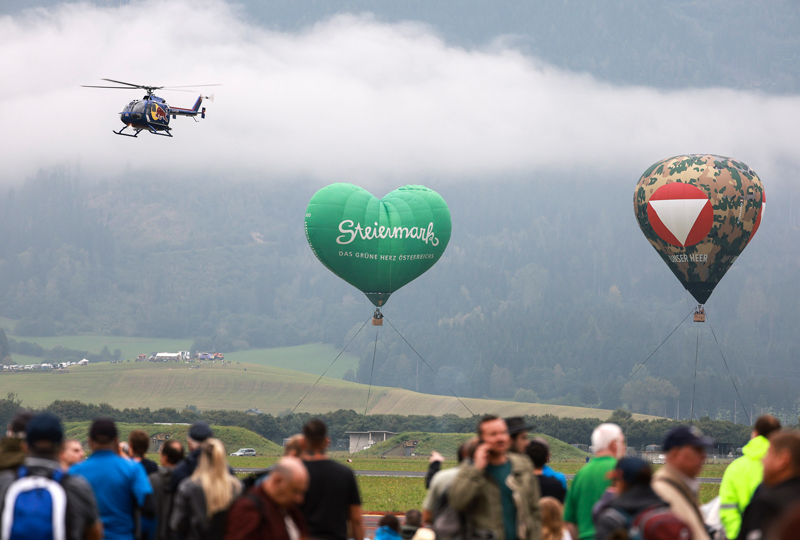
The Messerschmitt Bf 109 (often referred to as the Me 109) was a single-engine, single-seat fighter aircraft manufactured by the German aircraft manufacturer Bayerische Flugzeugwerke AG, from 1938 Messerschmitt AG.
It belonged to a new generation of low-wing fighter aircraft which were characterised by a closed pilot’s cockpit, retractable landing gear, and an all-metal construction of fuselage and wings. In addition to their original purpose, variants were also used as fighter-bombers, night fighters, and reconnaissance aircraft. With around 33,300 units, the Bf 109 is one of the most-built aircraft and the most-built fighter aircraft in history.
The first flight took place in May 1935. The first production aircraft were integrated into the Luftwaffe’s fighter units in February 1937. Despite the early start of construction before the beginning of the Second World War, the Bf 109 was a competitive model in use against the Allies until 1945 thanks to constant improvements.
Until the unconditional surrender of the Wehrmacht in 1945, the Bf 109 remained the Luftwaffe’s standard fighter aircraft. Aircraft of this type were also used by numerous other air forces, for example in Finland, Yugoslavia, Croatia, Romania, Hungary, Italy, and Switzerland.
With the G-14, many of the improvements already introduced on the Bf 109 were standardised in a variant. The enlarged wooden tail unit, the shortened antenna mast, the DB-605-AM engine with MW-50 auxiliary fuel injection, and the Erla canopy were adopted as standard for the G-14. Although developed at the same time as the G-10, the G-14 was inferior to it in terms of performance.
After the G-6, the G-14 was the second most common variant of the Bf 109. In terms of performance, towards the end of the war, when it was rolling off the production lines in very large numbers, it could no longer keep pace with the latest Allied fighters.
Messerschmitt BF 109 G14
Technical Data: